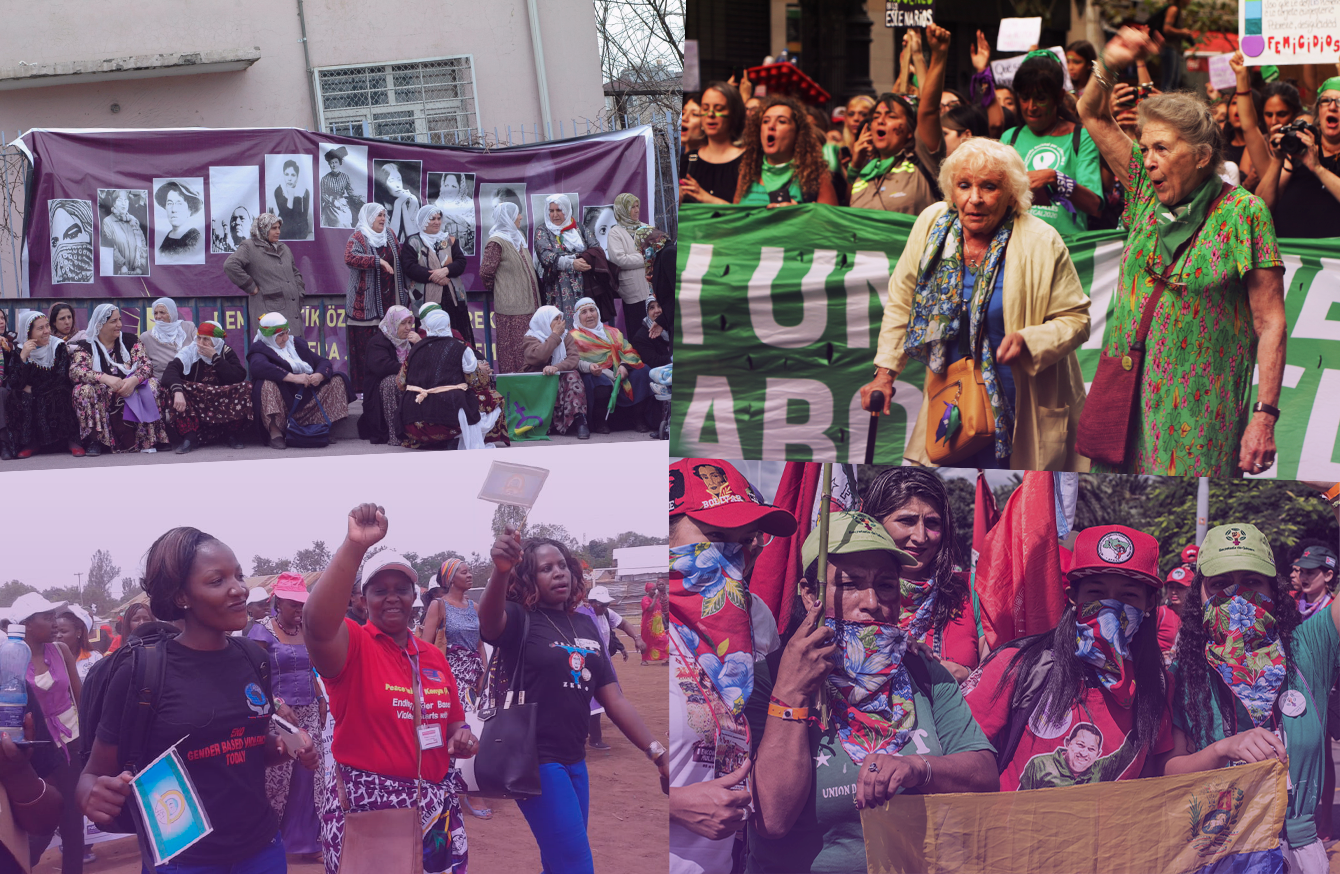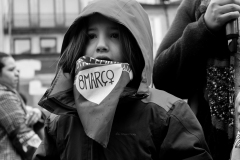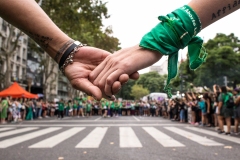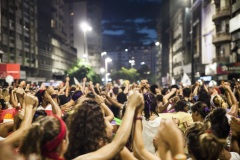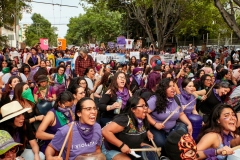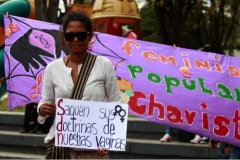For over a century, March 8 has been an international day of struggle for women. This year 2021, the women’s movement across the world is reinventing itself, creating symbolic and virtual strategies to mark this day of struggle even though they cannot massively take to public spaces. In times of crisis, during the pandemic, and in everyday life, it’s women who raise their voices, resist, and day after day, with their labor, sustain life. With collective practices, we build alternatives for life and renew the hope to change the world.
The World March of Women states, in its declaration, that “March 8 is part of our collective processes of resistance that challenge the neoliberal logic of the dismantling of the State, privatization, competitiveness, and individualism. Our feminism builds feminist economy, solidarity, reciprocity, sovereignty, and people power.” The women of La Via Campesina call us to fight “against the virus of patriarchy and capitalism,” stating “the vaccine of feminism and solidarity.” They denounce transnational companies, agribusiness, and their project of death. They remind us of the fundamental role of peasant women in food production and their strength in building food sovereignty as an actual project to face the crisis that we are experiencing, changing society.
Every year and everywhere, women come together and demonstrate, taking to the streets, the web, the fields, in capital cities and small villages, fearlessly and rebelliously. Looking back at this living, collective memory is something we must continue to do, especially as we face neoliberal individualism and the attacks against our collective, feminist, anti-racist, anti-capitalist history.
The gallery “Living Memory of March 8” is Capire’s first contribution to build and and keep our collective memory, gathering a snippet of the strength of March 8 across the world. We feature 133 pictures by 44 women from 40 places (cities, territories, countries) who have submitted their photographs, taken in different years. Some contributions go beyond March 8, so they will be included in future Capire galleries.
Different perspectives create records of struggles that have a lot in common. Together, women sing, play, and shout for autonomy over their bodies and sexualities, for a life free of violence. They denounce labor exploitation, the borders, the walls, the prisons. They face authoritarian governments, they resist repression. They take over streets, overthrow racist, patriarchal, colonialist symbols across cities, put their message up on the walls. They propose a life that is worth living. They gather, they hold each other, they recharge, and they bring about joy and hope in the most difficult contexts, which are so different, but also the same. The pictures below represent those and many other aspects of the power of women’s self-organization to change the world.









